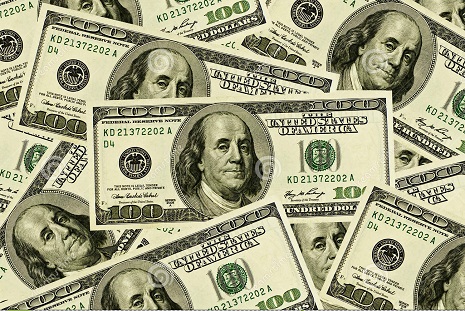Spanish stocks .IBEX and bond prices, which had rallied on Thursday, were sent tumbling back again as a Catalonian official said the region's parliament would meet on Monday in defiance of a ruling by Spain's constitutional court.
It sent the euro scuttling back below $1.17 EUR= again and gave the dollar .DXY another leg up as it headed for a fourth consecutive week of gains a move that is also starting to apply pressure to currency-sensitive emerging markets.
“Uncertainty about whether Catalonian parliament will meet on Monday persists,” Commerzbank strategists said in a note.
Friday’s other focus for markets will be U.S. jobs data due out at 1230 GMT.
Economists polled by Reuters expect the figures to show 90,000 new U.S. jobs were created in September, down from 156,000 in August. It will also show how hurricanes Harvey and Irma affected the labour market.
U.S. data this week has been solid on the whole. It has been one of the reasons for the dollar’s strength by also feeding bets that the Federal Reserve will raise U.S. interest rates for a third time this year in December.
Interest rate futures traders are now pricing in an 86 percent likelihood of a December rate hike, up from 78 percent a week ago, according to the CME Group’s FedWatch Tool.
Aberdeen Standard Investments Senior Investment Manager James Athey said the question now was what happens next year. Not only is inflation still subdued but the Fed could well get a new head.
“Investors need a lot of convincing about how far this Fed will hike without some decent wage growth and inflation,” he said.
“In any case, the Fed’s thinking is going to be extremely hard to predict over the coming months as so many members change.”
It has been a far less impressive week for Britain’s sterling amid growing worries over Theresa May’s future as British prime minister, as well as over the health of the economy.
The currency slipped to its lowest against the dollar in a month on Friday and was headed for its worst week against the U.S. currency in a year as it slipped another half a cent to $1.3060. [GBP/]
May reinforced markets’ doubts about her ability to govern effectively - and see off any leadership bids from rivals in her Cabinet - in a poorly-received keynote speech at the annual Conservative party conference on Wednesday.
The Australian dollar was down 0.5 percent too at $0.7753 after falling to as low as $0.7743 AUD=D4, its weakest since mid-July. The Aussie slid following media reports that Reserve Bank of Australia board member Ian Harper had said he is not ruling out an interest rate cut.
In commodities meanwhile, Brent crude LCOc1 was down 0.1 percent at $56.94 a barrel.
The futures contract had surged 2.1 percent overnight on signs Saudi Arabia and Russia would limit production through next year, although caution towards a tropical storm heading for the Gulf of Mexico cut short the advance.
More about: #Dollar
















































